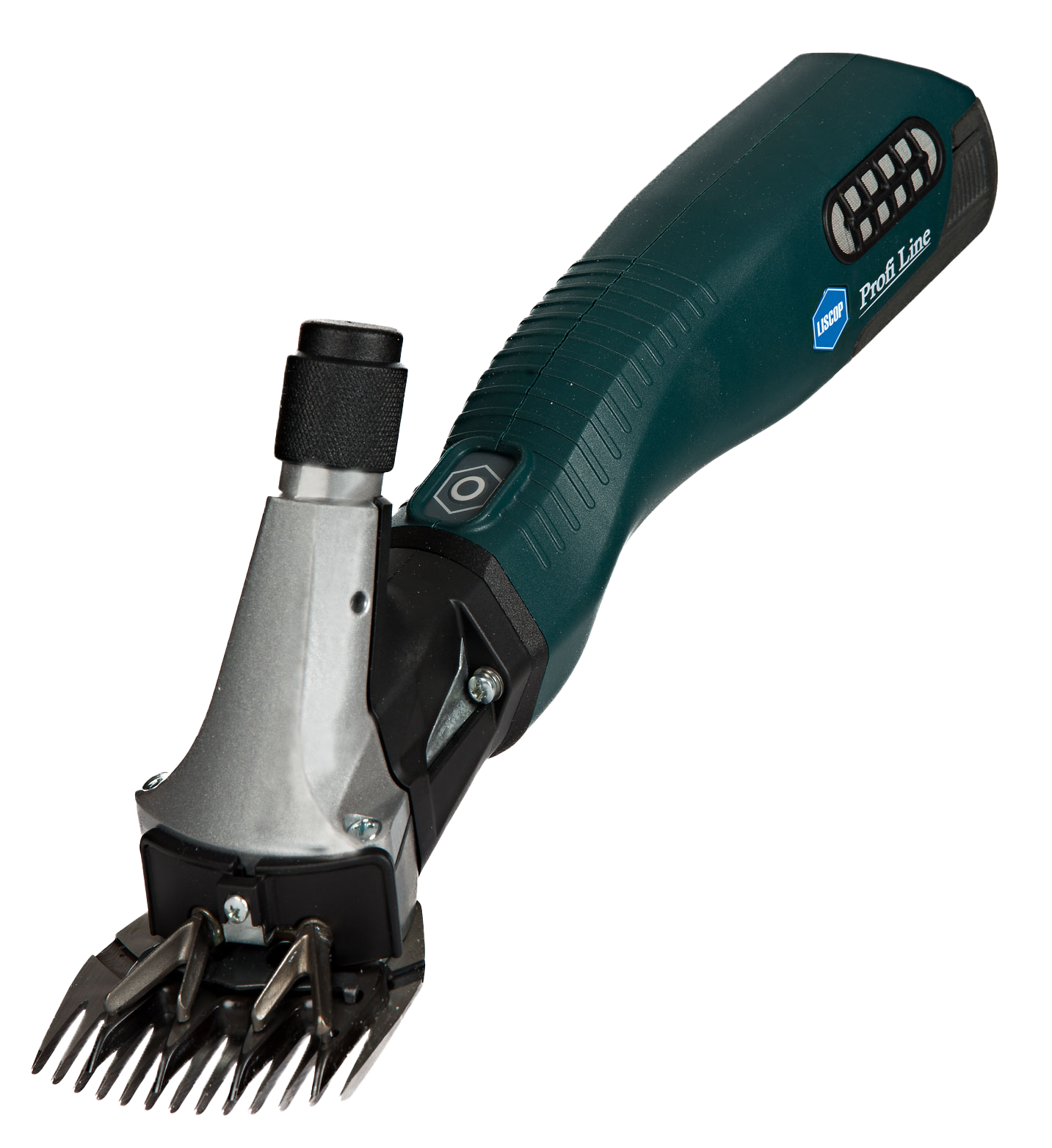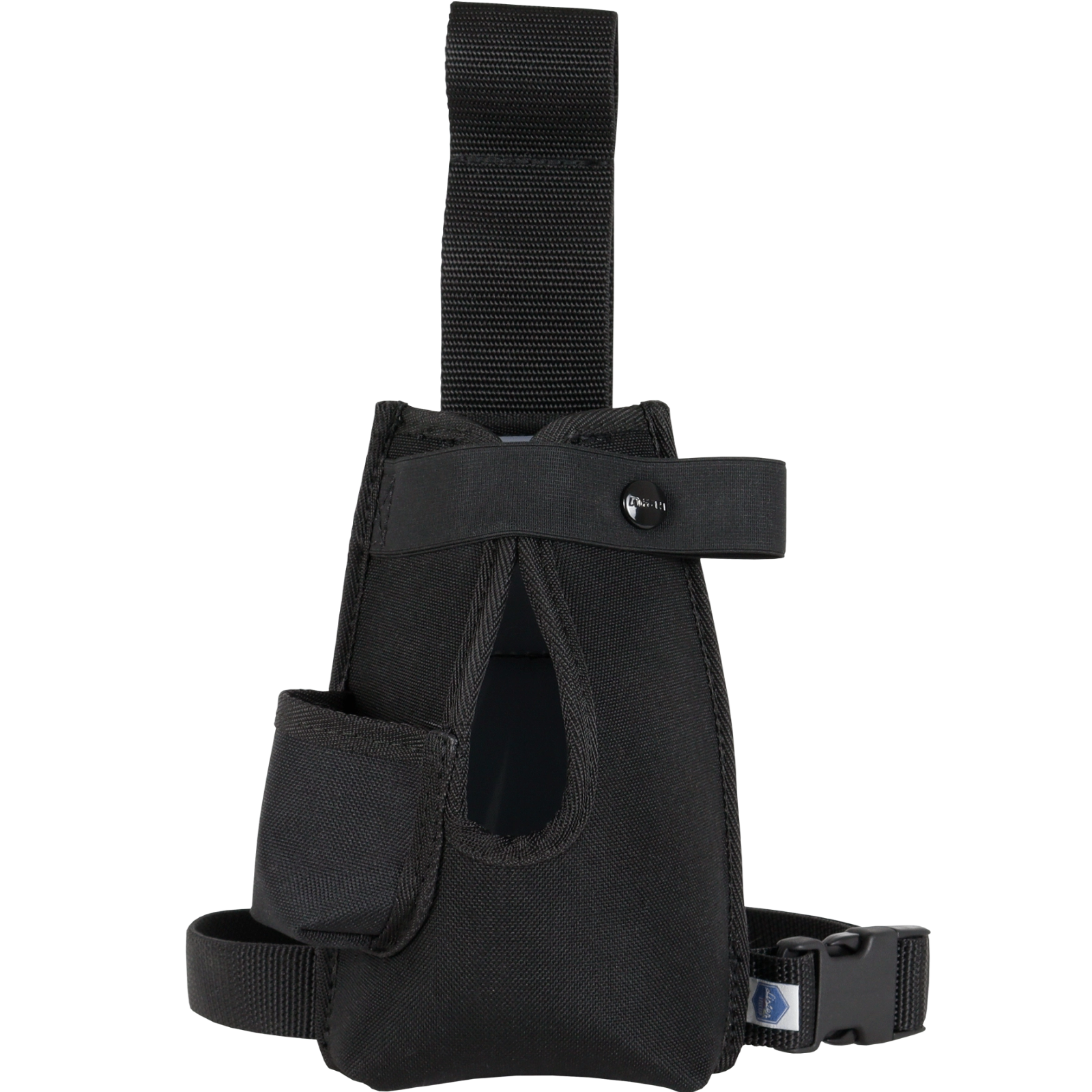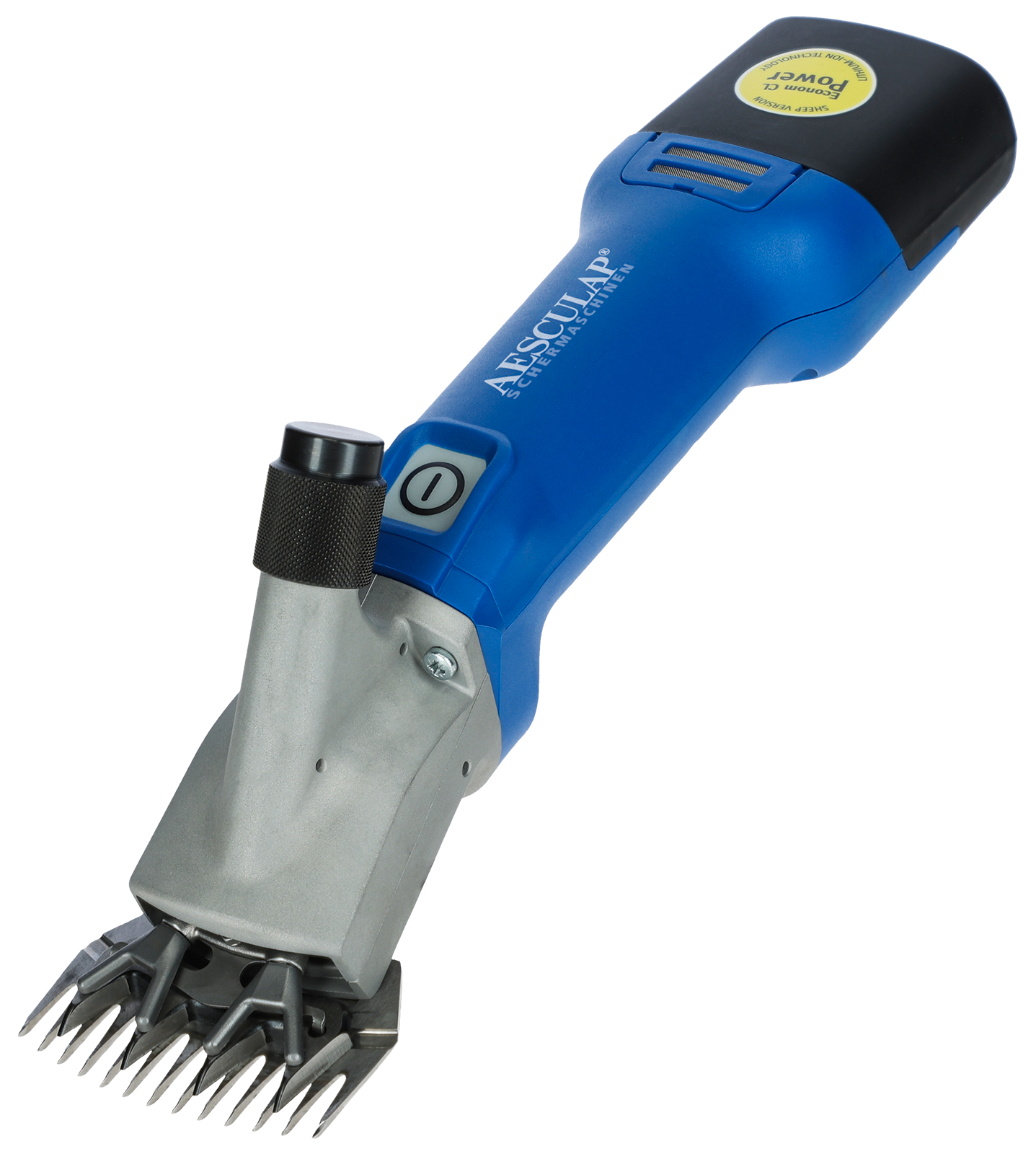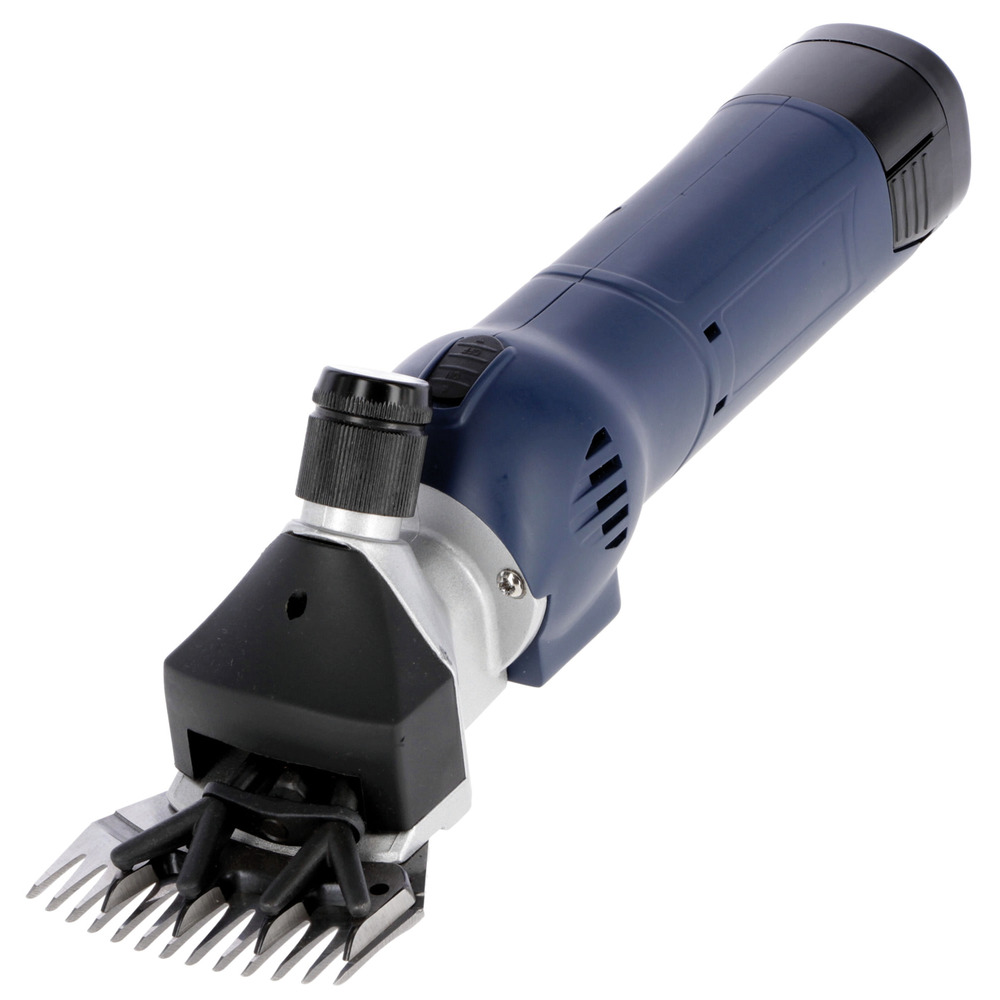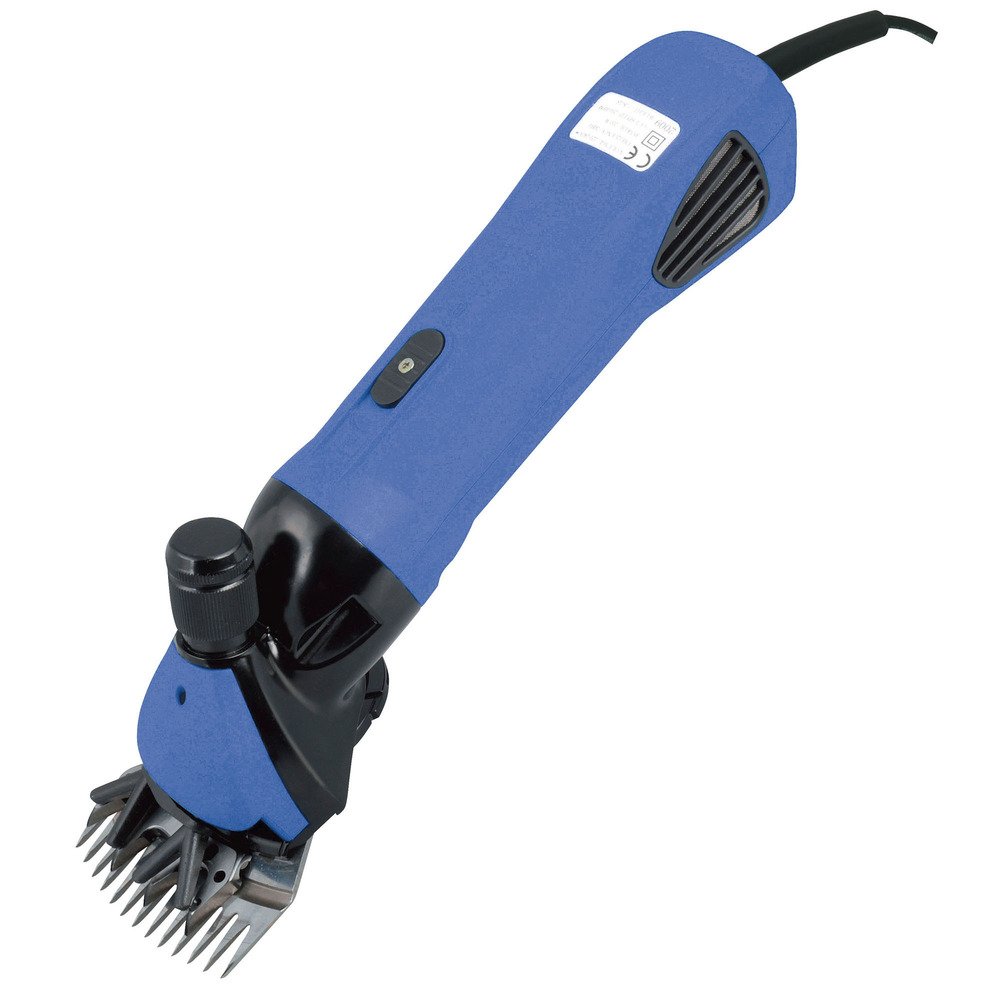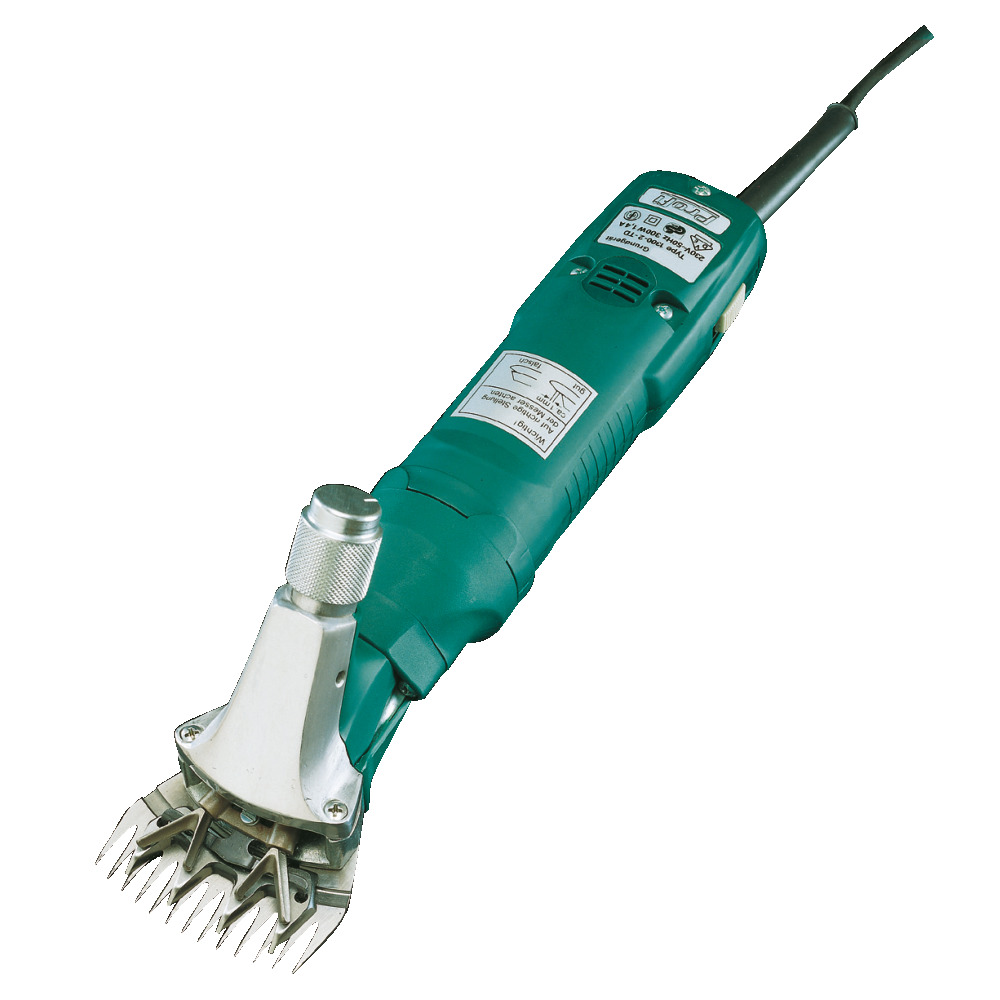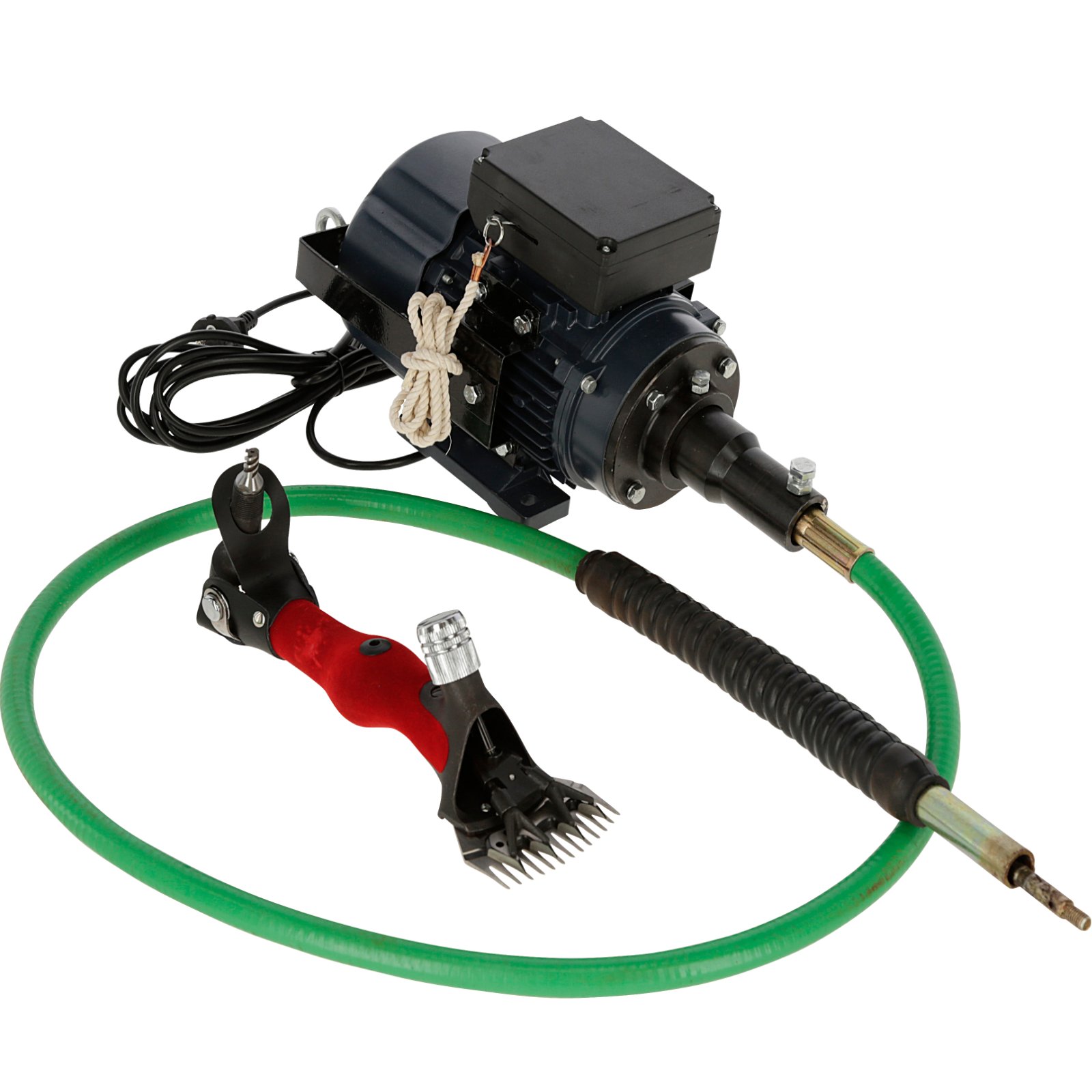16/01/2024
No half measures - shearing sheep properly
Removing wool from sheep is both economically sensible and essential from an animal welfare perspective. There are a few important points to bear in mind. All the advantages of a cozy layer of wool can also be a disadvantage for a sheep. If the wool is not shorn for too long, it becomes matted, prevents air circulation and can therefore lead to heat stress. In addition, the wool becomes increasingly unusable and more difficult to sell or process.
The time of shearing must be chosen individually depending on the breed, type of farm and type of husbandry and can either take place once a year between May and July, i.e. before the hot summer days, or twice a year in spring and fall. It is important to ensure that the sheep's wool is not too thick in midsummer and not too thin in winter. Shearing before the lambing season is an advantage, as the animals usually eat a little more (to keep warm), the young animals find the udder more easily after birth and the hygienic conditions are also better due to the lack of wool.
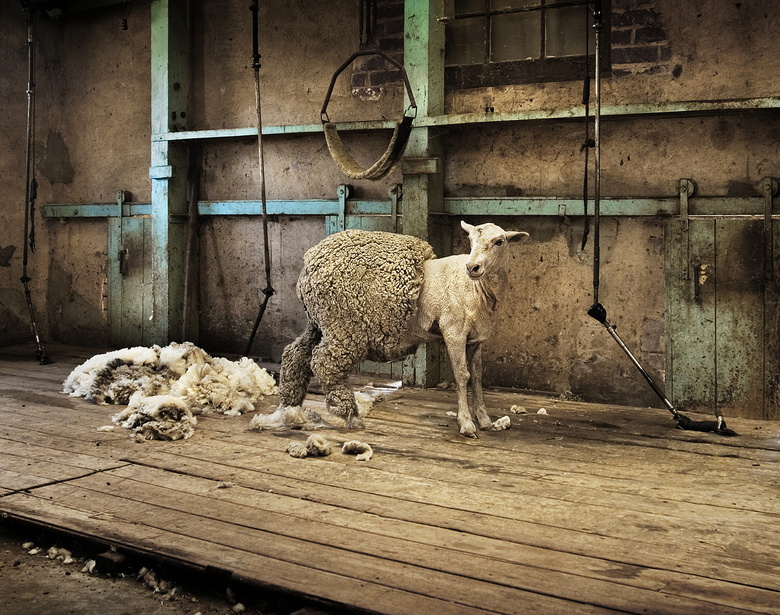
It is important to remain calm when clipping! The animal should be as relaxed as possible and stress should be avoided at all costs. Depending on experience and preference, the animal can either lie on its back or be tied up briefly. The wool should be as clean and dry as possible. It is best not to feed the animal on the day of clipping - this is a little more comfortable for the animal and you also run no risk of contaminating the wool lying on the ground during clipping.

